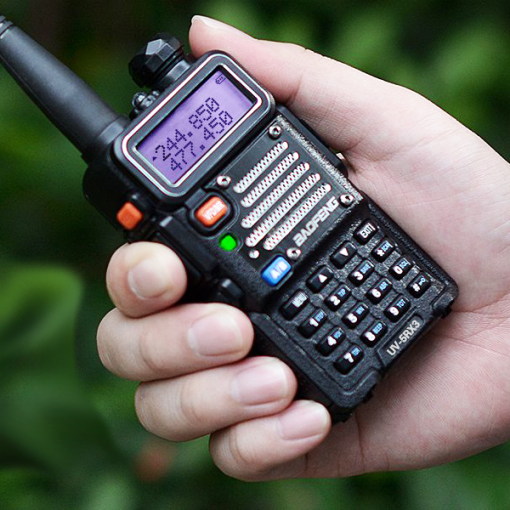By Jim, N6TP, n6tp@arrl.net
We are familiar with the formula for a half-wave dipole. It appears in the antenna handbooks and in various test questions for amateur radio license exams.
It goes like this. Divide the operating frequency in MHz into “468” and the answer comes out in feet. For example: 468 divided by 7.150 MHz equals 65.5 feet! If we do a little rounding, we will cut our half-wave dipole to 65 feet 4 inches.
Let’s look a half-wave dipole. As the name implies it is a half-wave antenna resonant at its operating frequency. We choose to make it a half-wave dipole as it presents a resistive impedance (no capacitive or inductance reactance) at the feed point in the middle of the antenna. The feed impedance in the center nearly matches most common coaxial feedlines.
Let’s figure out the wavelength for 7.150 MHz since we are going to divide that into two for a half-wavelength.
We need to work with the speed of light to start our way towards “468.” A common number for the speed of light is 186,000 miles per second. A purist would say it is 186,282.397 miles per second. That is less than 2 tenths of a percent so not to worry. For simplicity sake we will use 186,000 miles per second.
- Multiply 186,000 miles per second by 5,280 feet to convert to feet per second = 984,000,000
- Divide 984,000,000 feet per second by 1,000,000 = 984 for one wavelength calculation in MHz.
- Divide 984 by 2 = 492 for a half-wavelength in MHz
- Multiply 492 by .9512 velocity of propagation or end effect in copper conductors = 468
- Divide 468 by 7.150 MHz = 65.45 or 65 feet 5 inches.
The local environment will determine the actual length required for a resonant length. Height above ground or nearby metallic objects may affect the resonant point. The diameter of the wire or tubing, including any insulation will also make a difference. However the effect will be fairly broad over the band.
So file 468 in your memory bank for calculating a half wave length in feet. Just for fun, work out what the equivalent would be in the metric system.





